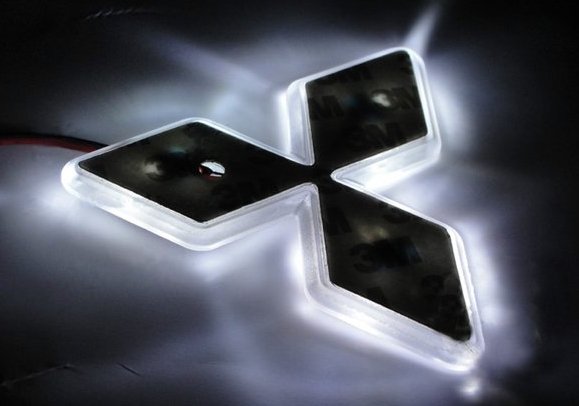Mitsubishi Cheated On Japanese Fuel Economy Test Since 1991

Mitsubishi's cheat involves how the company calculated driving resistance to determine fuel economy. In 1991, Japan's Road Transport Vehicle Act established a coasting test to establish the driving resistance, but Mitsubishi's engineers used their own "high-speed coasting test," according to its statement. In 2007, the company decided to only use the country's mandated evaluation, but the employees kept utilizing the high-speed test in the field. In the most recent scandal, workers selected low values for driving resistance from the results, which made the fuel economy look better.
Mitsubishi's presented these details in a report to the Ministry of Land, Infrastructure, Transport, and Tourism. "We are currently investigating the reasoning behind each of the decisions," the company said in a statement. It also hired three former prosecutors to figure out why this happened for so long. At this time, Mitsubishi only confirms the incorrect figures for some of the company's minicars, but this investigation could discover more transgressions.
This fiasco started when Nissan discovered fuel economy discrepancies in some of its Mitsubishi-made tiny kei-class cars in Japan. Mitsubishi came clean and admitted the problem affected about 625,000 vehicles in the country. Japanese media have alleged more vehicles have incorrect mileage, including the Outlander. The National Highway Traffic Safety Administration in the US has also requested data from the Japanese automaker to confirm similar deceptions didn't happen for vehicles here.
Nouvelles connexes


